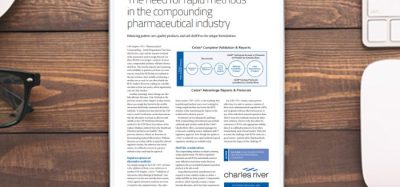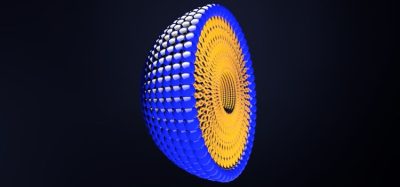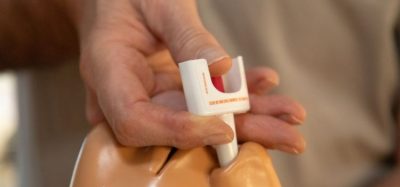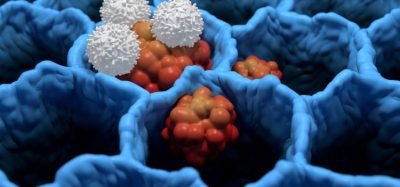Enhancing cell proliferation in bioproduction with non-invasive technology
Posted: 19 August 2024 | Catherine Eckford (European Pharmaceutical Review) | No comments yet
The method has potential in both biomanufacturing and production of autologous cell therapies, the research suggests.
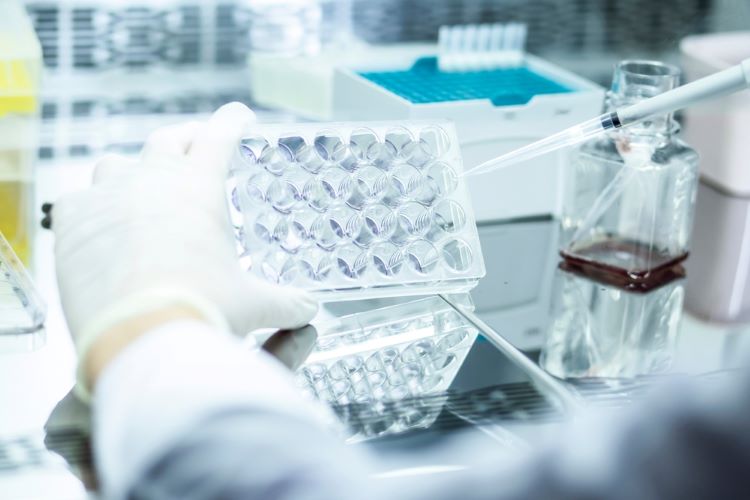

A method designed to improve bioproduction yields could have “immediate applications, ranging from small-scale, patient-specific personalised medicine to large-scale commercial bio-centric production challenges”, according to research. The study investigated the potential of low-intensity vibration (LIV) for generating cell proliferation in both adherent and suspended cell culture systems for bioproduction.
Specifically, whether mechanical signals, “delivered non-invasively using LIV (<1 g, 10–500 Hz)” can enhance cell expansion.
LIV has promise as “a non-invasive, low cost and adaptable technology to augment proliferation rates in multiple cell types”.
As such, the authors stated that if effective, it could be implemented in “existing bioreactor technology of varied design, particularly if the vibration signal transmits uniformly through the fluid”.
In their paper, Chan et al. remarked that while the biotech sector has advanced bioreactors using chemical and biological approaches, “there remains room for improvement”.
Key findings of the bioproduction study
The researchers concluded “that any unique signal configuration was not equally influential across a range of cell types”.
They reported that a set of LIV parameters (30 Hz, 0.7 g, 2 × 60 min/d, two-hour refractory period) enabled an increase in “the proliferation of CHO-suspension cells by 210 percent and T-cells by 20.3 percent”.
One finding of note was that two different types of suspension cells, these being “[chinese hamster ovary] (CHO)–suspension cells and T cells” responded to the same set of signal parameters, according to the authors.
[based on the study results] the method can enable non-invasively augment biomanufacturing endpoints for both adherent and suspended cells [in vitro]”
Additionally, utilising “particle image velocimetry combined with finite element modelling” resulted in high transmissibility of these signals across fluids, reported as over 90 percent. Chan et al. stated that LIV “effectively scaled up to T75 flasks”.
Importantly, this finding suggests the bioproduction method can enable “non-invasively augment biomanufacturing endpoints for both adherent and suspended cells [in vitro]”.
Future applications
Chan et al. emphasised that “further work is needed to fully optimise signal parameters for suspension cells, and indeed for different suspension cell types, as this work demonstrates that mechanosensation is highly cell-type specific”.
They continued, adding that “further studies will also need to be done to determine to what effects LIV has on cell viability and functionality if this strategy should be considered for more complex biomanufacturing workflows like autologous cell therapy”.
Yet, “if structural response of the culturing vessel is well controlled, consistently transmitting LIV to adherent and suspended cells in a scalable way is possible”.
The bioproduction study was published in Mechanobiology in Medicine.




